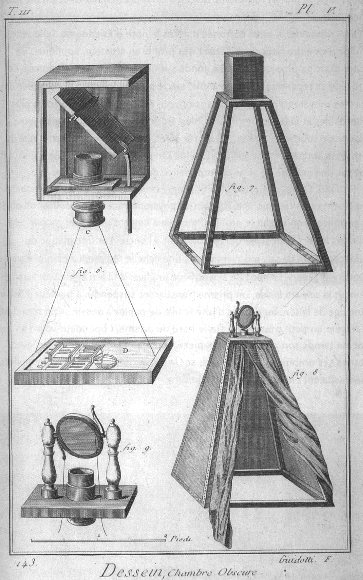Have you ever wondered about the history of photography? Many people have taken an active interest of photography. Some have fallen in love with it – transforming their avocation into a full time business or a part-time occupation. It’s a fact that you could earn a good living, for example, as a professional photographer in Las Vegas. Nevertheless, you also have to be ready to invest into resources and the tools that can enhance your skills in photography.
History of Photography
Maybe you also have considered buying a camera. You have imagined capturing life at its fullest and then sharing that picture with the entire world on Facebook, Instagram, or if you’re lucky, in print media. For this reason, lots of people have grown to adore photography. Make a visual print, which will last for an eternity and you can capture the essence of life. However, you might have wondered how photography came into existence. That’s exactly what we will be looking at in this article.
Photography consists of two scientific procedures. One of the processes is called optical while the other one is known as a chemical process. The dark room was called Camera Obscura and it’s been around for quite a long time. A drawing depicting the standard dark room was captured by Leonardo da Vinci in 1519.

Camera Obscura
Photography in its early years had its own detractors and critics. There were folks saying that it would take the occupations of artist away and so on. But of course, that never happened. Photography was not consistently hi-tech. Not long ago in the past, there were not too many accessories that you could attach to your camera to improve your photo-shooting abilities. Today, there are lenses designed for very special instances in addition to distant flash systems, filters, and built-in photo editing applications.
What is Photography?
The term photography began during 1839. And the man behind that name was Sir John Herschel. The terms, which make up the term photography comes from two Greek words: Graphein (means “to draw or to write”) and Photos (means “light”). Place them together it means “to draw in light”. The term is now a permanent element of our vocabulary. The historians has it that the fundamental technology of photography has been around a long time. The very first picture ever shot was by a French Inventor, Joseph Niepce, in 1827. The process took eight hours to finish just one picture!
Sir Joseph Herschel managed to partner with Louis Daguerre from Paris before dying several years after. Louis started experimenting with various processes of photography. In the year 1833, Sir Joseph passed on, leaving the technology, in addition to all documentations of the experiment to Daguerre. Louis subsequently continued the hard work needed to enhance the technology Herschel had created.
Louis Daguerre managed to decrease the exposure time to less than half an hour. As he continued on enhancing the technology, he was joined by Niepce’s son who documented a guide of the whole procedure called Daguerreotype and sold it to the French authorities. The procedures finally found its way to New York.
The Daguerreotype had limits, but quite successful. One was that it was somewhat pricey and it was difficult to create duplicates. So somewhere along the paths of history, the Calotype was presented and turned out to be a tough opponent. William Henry Fox was the inventor of the Calotype. He’s also the inventor in charge of creating the first negative in the year 1835 and his procedures continued to improve in quality. In 1844, Talbot used the process to print a photo book and the rest, as they say, is history! We’re still seeing huge leaps in film photography and digital photography advancements and has unlimited potential.

Marie Grantham Photography
I’m a local Las Vegas photographer and when you decide that you’re ready or thinking about having quality portraits taken in or around Las Vegas and Henderson Nevada, give me a call at Marie Grantham Photography (702) 336-1609. I specialize in maternity, newborn, and family #photography. I can also answer any of your questions about what to expect and any other concerns you have about your photo session.
















